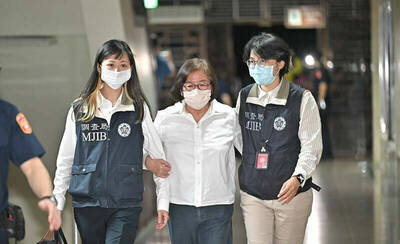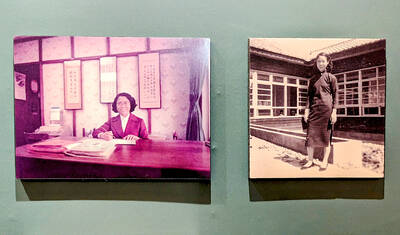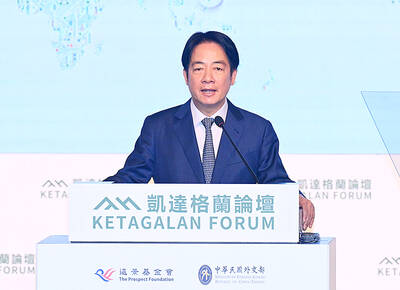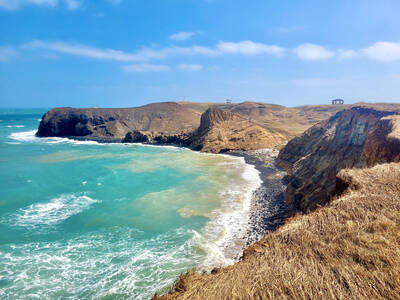FICTION
1. LOVE IN THE TIME OF CHOLERA
by Gabriel Garcia Marquez
Vintage International
A Colombian poet's love for a woman is tested.
2. WATER FOR ELEPHANTS
by Sara Gruen
Algonquin
A young man and an elephant save a Depression-era circus.
3. THE KITE RUNNER
by Khaled Hosseini
Riverhead
An Afghan-American returns to Kabul to learn how a childhood friend has fared under the Taliban.
4. THE MEMORY KEEPER'S DAUGHTER
by Kim Edwards
Penguin
A doctor's decision to secretly send his newborn daughter, who has Down syndrome, to an institution haunts everyone involved.
5. THE THIRTEENTH TALE
by Diane Setterfield
Washington Square
A biographer struggles to discover the truth about an aging writer who has mythologized her past.
6. MIDDLESEX
by Jeffrey Eugenides
Picador
An epic story about three generations of Greek-Americans, told by a hermaphrodite.
7. WHAT IS THE WHAT
by Dave Eggers
Vintage
The fictionalized autobiography of one of Sudan's "Lost Boys," refugees from its civil war.
8. THE PARTING
by Beverly Lewis
Bethany House
A rift in an Amish community threatens to keep a courting couple apart.
9. SUITE FRANCAISE
by Irene Nemirovsky
Vintage
Two novellas, which came to light more than 50 years after the author died at Auschwitz, about life in France under the Nazis.
10. WORLD WAR Z
by Max Brooks
Three Rivers
An "oral history" of an imagined Zombie War that nearly destroys civilization.
11. THE ALCHEMIST
by Paulo Coelho
HarperSanFrancisco
A tale about the lessons a shepherd boy learns during his travels to Egypt in search of treasure.
12. DEAR JOHN
by Nicholas Sparks
Warner
An unlikely romance between a soldier and an idealistic young woman is tested in the aftermath of Sept. 11.
NONFICTION
1. EAT, PRAY, LOVE
by Elizabeth Gilbert
Penguin Books
A writer's yearlong journey in search of self takes her to Italy, India and Indonesia.
2. INTO THE WILD
by Jon Krakauer
Anchor
How a young man's obsession with the wilderness had a tragic end.
3. 90 MINUTES IN HEAVEN
by Don Piper with Cecil Murphey
Revell
A minister on the otherworldly experience he had after an accident.
4. THREE CUPS OF TEA
by Greg Mortenson and David Oliver Relin
Penguin Books
A former climber builds schools in Pakistan and Afghanistan.
5. THE GLASS CASTLE
by Jeannette Walls
Scribner
The author recalls a bizarre childhood during which she and her siblings were constantly moved from one place to another.
6. CULTURE WARRIOR
by Bill O'Reilly
Broadway
The host of The O'Reilly Factor describes a culture war between traditionalists and secular progressives.
7. THE OMNIVORE'S DILEMMA
by Michael Pollan
Penguin
Tracking dinner from the soil to the plate, a journalist juggles appetite and conscience.
8. BLINK
by Malcolm Gladwell
Back Bay/Little Brown
The author of The Tipping Point explores the importance of instinct to the mind.
9. THE WORLD IS FLAT
by Thomas Friedman
Picador
An updated edition of the columnist's analysis of 21st-century economics and foreign policy.
10. THE LIFE AND TIMES OF THE THUNDERBOLT KID
by Bill Bryson
Broadway
The author, who as a child in Iowa dreamed he was a superhero, uses this persona to bring to life 1950s Des Moines.
11. THE TIPPING POINT
by Malcolm Gladwell
Back Bay/Little, Brown
A journalist's study of social epidemics, otherwise known as fads.
12. THUNDERSTRUCK
by Erik Larson
Three Rivers
Intertwined stories of early-20th-century murder and scientific intrigue.

Following the shock complete failure of all the recall votes against Chinese Nationalist Party (KMT) lawmakers on July 26, pan-blue supporters and the Chinese Communist Party (CCP) were giddy with victory. A notable exception was KMT Chairman Eric Chu (朱立倫), who knew better. At a press conference on July 29, he bowed deeply in gratitude to the voters and said the recalls were “not about which party won or lost, but were a great victory for the Taiwanese voters.” The entire recall process was a disaster for both the KMT and the Democratic Progressive Party (DPP). The only bright spot for

Aug. 11 to Aug. 17 Those who never heard of architect Hsiu Tse-lan (修澤蘭) must have seen her work — on the reverse of the NT$100 bill is the Yangmingshan Zhongshan Hall (陽明山中山樓). Then-president Chiang Kai-shek (蔣介石) reportedly hand-picked her for the job and gave her just 13 months to complete it in time for the centennial of Republic of China founder Sun Yat-sen’s birth on Nov. 12, 1966. Another landmark project is Garden City (花園新城) in New Taipei City’s Sindian District (新店) — Taiwan’s first mountainside planned community, which Hsiu initiated in 1968. She was involved in every stage, from selecting

As last month dawned, the Democratic Progressive Party (DPP) was in a good position. The recall campaigns had strong momentum, polling showed many Chinese Nationalist Party (KMT) lawmakers at risk of recall and even the KMT was bracing for losing seats while facing a tsunami of voter fraud investigations. Polling pointed to some of the recalls being a lock for victory. Though in most districts the majority was against recalling their lawmaker, among voters “definitely” planning to vote, there were double-digit margins in favor of recall in at least five districts, with three districts near or above 20 percent in

The great number of islands that make up the Penghu archipelago make it a fascinating place to come back and explore again and again. On your next trip to Penghu, why not get off the beaten path and explore a lesser-traveled outlying island? Jibei Island (吉貝嶼) in Baisha Township (白沙鄉) is a popular destination for its long white sand beach and water activities. However, three other permanently inhabited islands in the township put a unique spin on the traditional Penghu charm, making them great destinations for the curious tourist: Yuanbeiyu (員貝嶼), Niaoyu (鳥嶼) and Dacangyu (大倉嶼). YUANBEIYU Citou Wharf (岐頭碼頭) connects the mainland